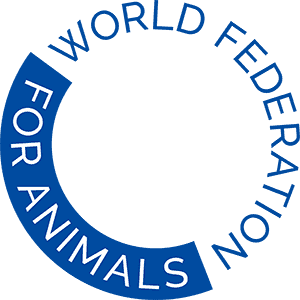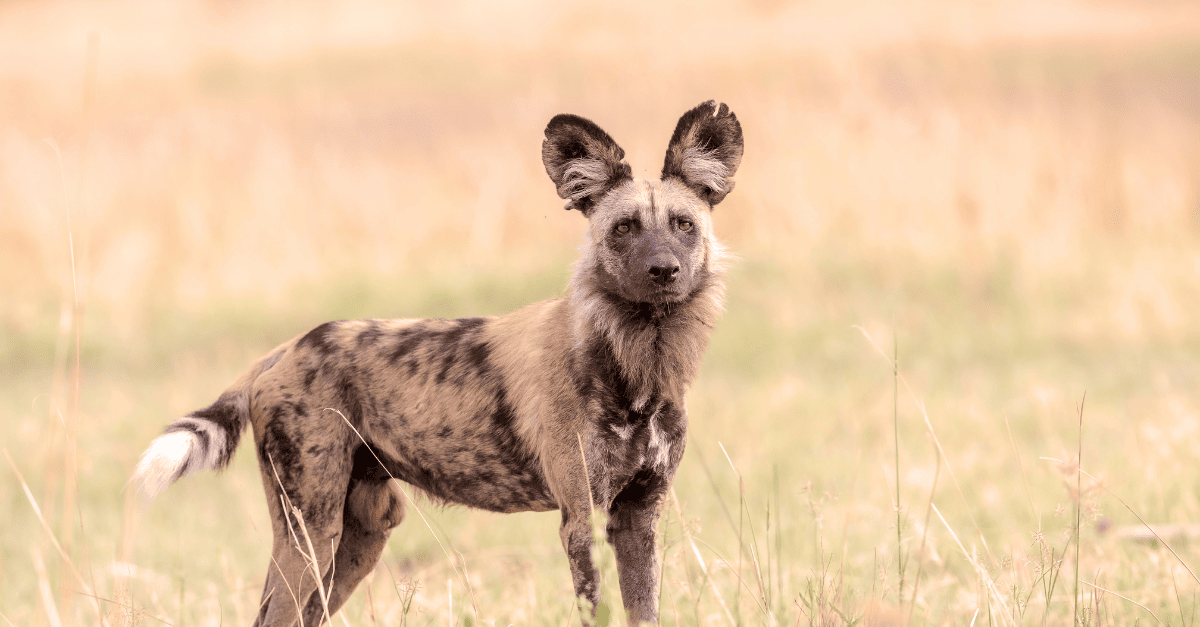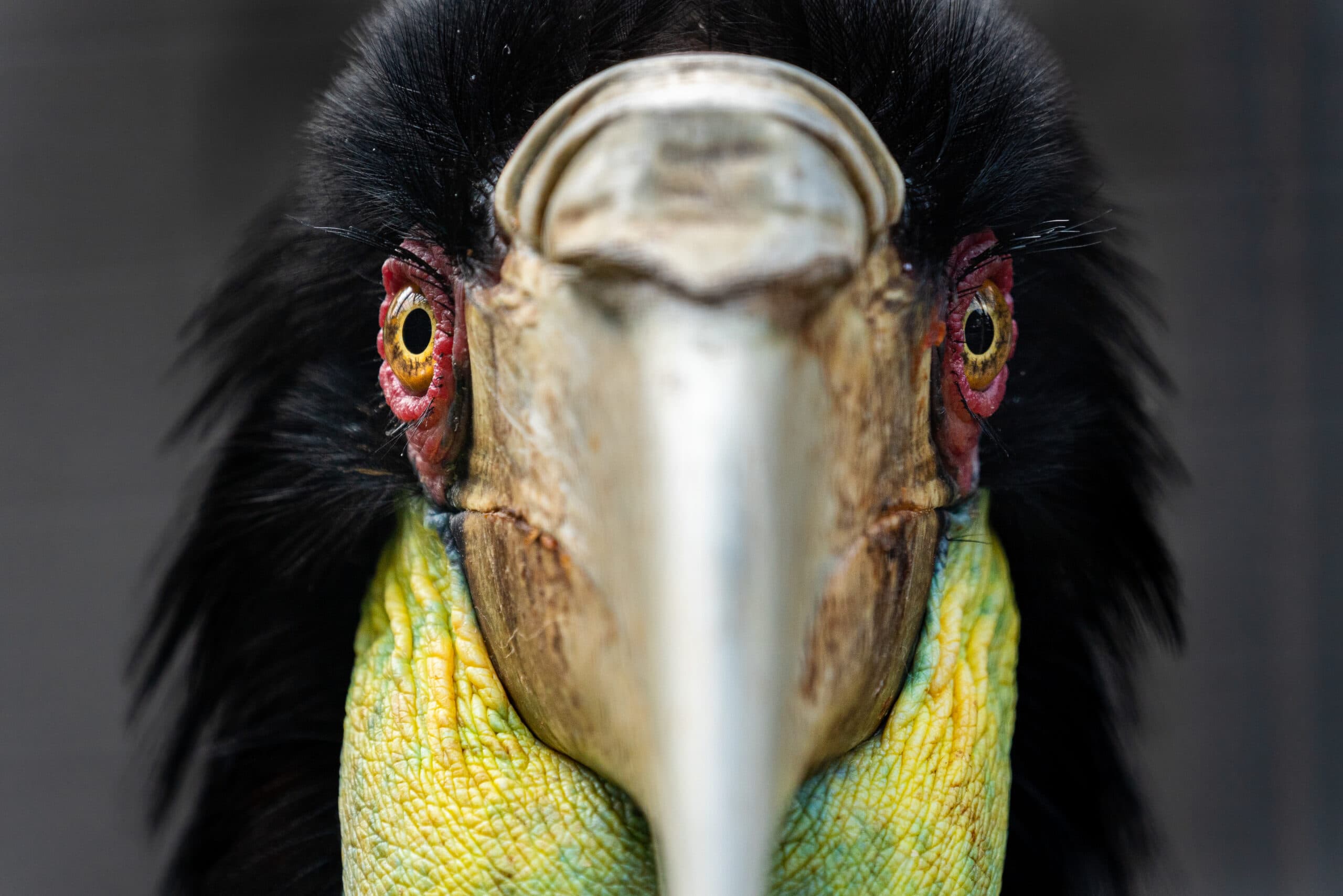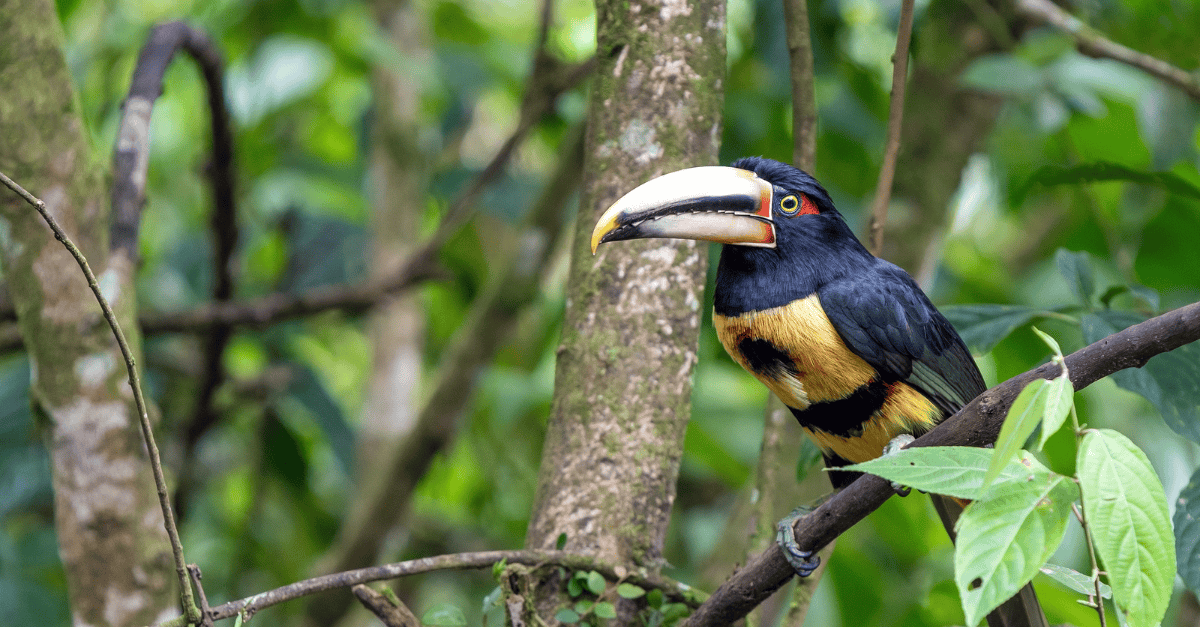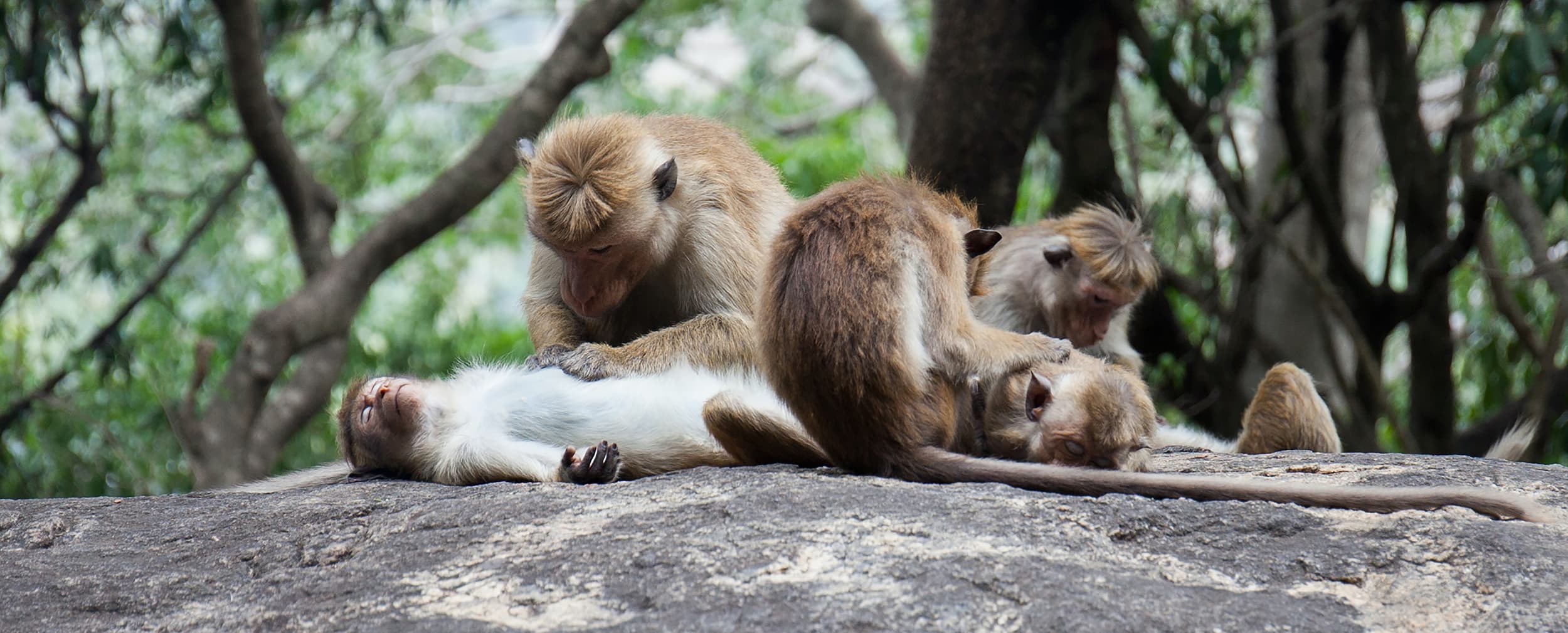By Léa Badoz (Eurogroup for Animals) and Adeline Lerambert (Born Free Foundation)
The International Union for Conservation of Nature (IUCN) defines invasive alien species as “animals, plants or other organisms that are introduced by humans, either intentionally or accidentally, into places outside of their natural range, negatively impacting native biodiversity, ecosystem services or human economy and well-being”.
In 2019, the Intergovernmental Science-Policy Platform on Biodiversity and Ecosystem Services (IPBES) identified Invasive Alien Species (IAS) as one of the five direct drivers of change in nature with the largest relative global impacts.
In September 2023, IPBES published a summary for policymakers of its Thematic Assessment on IAS and their control. It revealed that IAS alone are responsible for 16% of documented global extinctions and calls for urgent action. The full report assessing the current status and trends of IAS, their impacts, drivers, management, and options for policy to deal with the challenges they pose is yet to be published.
Tackling invasive species is more complex than it might first appear
Free-ranging domestic cats (Felis catus) kill up to 4 billion birds and 22.3 billion mammals annually in the U.S. In many regions of the world, domestic cats meet the criteria to qualify as IAS. In 2022, the Polish Academy of Sciences took note of this situation and added cats to its IAS database.
So, should we eradicate all cats to save biodiversity and protect the welfare of threatened native birds? Cats are sentient beings capable of experiencing joy, stress, or pain. It is now well-established that other animals, including mammals, birds, and reptiles, are also sentient. Acknowledging the sensitive nature of this question, we argue that animal welfare is central to this debate. Yet, animal welfare remains largely overlooked by policymakers and practitioners dealing with IAS, as illustrated in the recent IPBES assessment. While the assessment summary succinctly recognises that the management of IAS can raise multiple ethical debates about animal welfare and rights, it does not provide specific recommendations to address these issues.
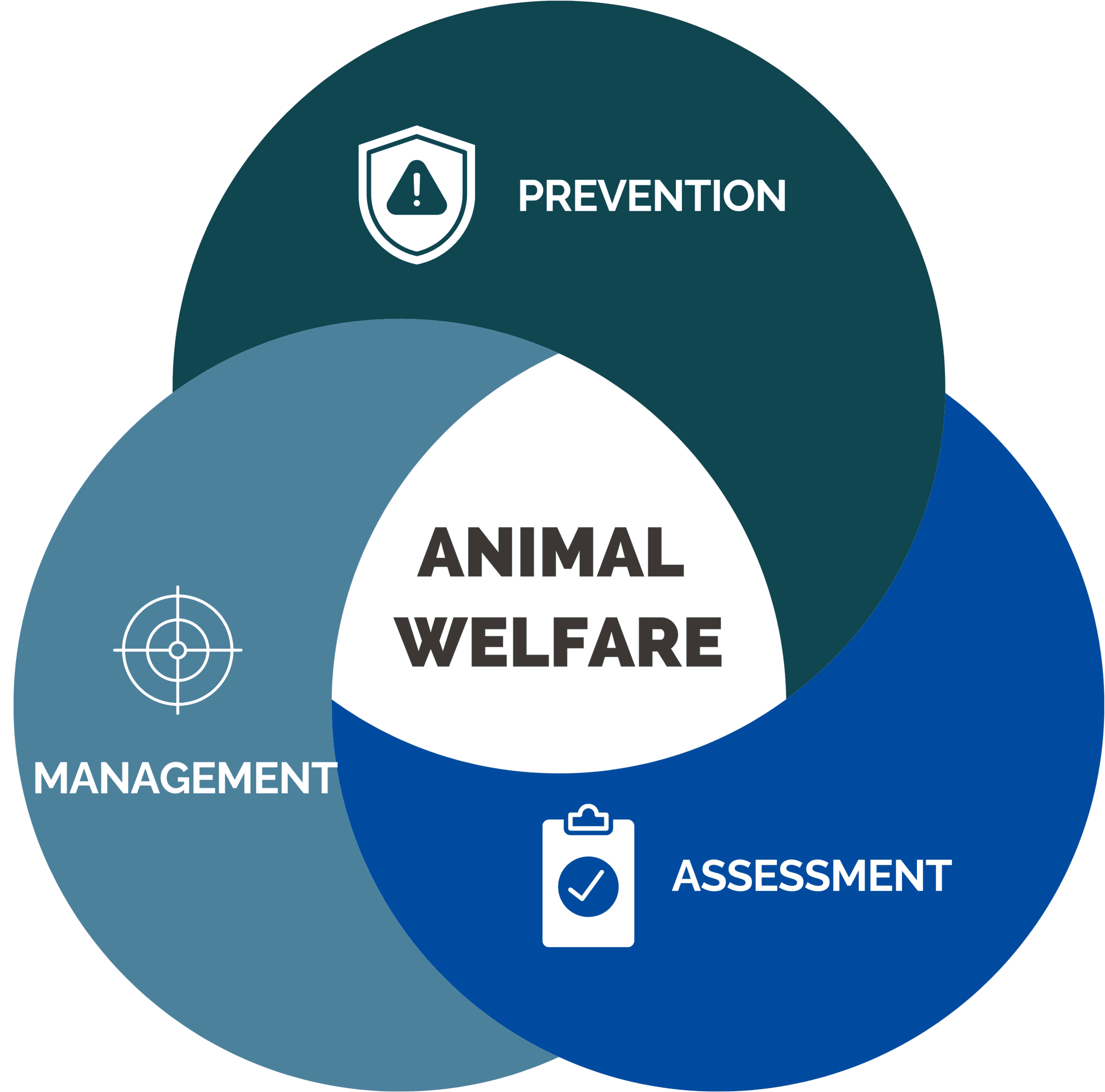
IAS management methods should meet animal welfare standards
The welfare of wild animals identified as IAS can be affected in multiple ways, starting with the methods used for their eradication, containment, and control. A 2022 manual assessing methods used to manage vertebrate IAS on the European Union list concluded that non-lethal and humane measures have wide-ranging potential, but are severely lacking.
IPBES notes that only 8% of the global spending on IAS relates to management expenditures, while 45% of countries do not invest in the management of IAS at all. This lack of global funding and effort towards effective solutions is alarming given IAS is a major driver of biodiversity loss and a potential source of new pathogens that put human and animal health at risk.
Where IAS populations are established, management strategies should prioritise humane, non-lethal management methods that do not impede effectiveness. Further research is urgently needed to develop and mainstream such methods that minimise animal suffering when interventions are necessary. A wider use of preventive methods such as fertility control, already locally used on various species, should be prioritised.
IPBES shows that 83% of countries do not have dedicated legislation or regulations on IAS. Steps must urgently be taken to address this situation, focusing on prevention and a strong respect for animal welfare. Any associated legislation should ensure that management measures are designed to prevent avoidable suffering among target and non-target animals, and authorities should provide clear guidance for managers. In parallel with appropriate national legislation, international guidelines for preventing the emergence, spread and management of established IAS should consider animal welfare. The International Consensus Principles for Ethical Wildlife Control, a set of principles formulated to encourage the ethical management of human-wildlife conflict, should be used to incorporate animal welfare considerations into programmes to manage IAS effectively.
Low animal welfare is collateral damage from IAS introduction
In addition to considering the welfare of IAS, it is also important to consider their impact on the welfare of native wild animals. IPBES lists IAS’s negative impacts on native animals, which include competition between species (24% of IAS), predation (18% of IAS) and change in ecosystem properties (27% of IAS). The introduction of IAS can, therefore, result in harm or additional stress on native species and their habitats.
However, the impact of IAS on the welfare of native animals is surprisingly absent from the Summary for Policy Makers. The main impacts assessed, namely nature’s contributions to people and quality of life, are exclusively anthropocentric. This methodology fails to adequately embrace increasingly embraced holistic approaches, such as the One Health–One Welfare, which demonstrate the need to account for human health and well-being and also animals’ intrinsic value and interests. Future research on the impacts of IAS and policies designed to address them should propose methodologies to assess the impact of IAS on the welfare of native wild animals so that this can be included in any cost-benefit analysis.
Management strategies must focus on an adaptive approach. IPBES concludes that only 16% of IAS negatively impacts nature’s contributions to people, and about 7% affect the quality of life, emphasising that “the magnitude and types of impacts vary for different invasive alien species and across ecosystems and regions”. Therefore, management methods should not be systematic but result from a thorough context-specific assessment. Prioritising the management of species that have a significant negative impact on biodiversity and people will reduce the number of animals that need to be managed and, therefore, avoid some of the unintended impacts control measures can have on animal welfare.
Animal welfare is key in prevention strategies
IPBES observes that prevention and preparedness are the most critical stages of IAS management, in line with the precautionary approach promoted in One Health-One Welfare strategies. It notes that the number of IAS is expected to increase faster than predicted under the business-as-usual scenario and calls for urgent regulation, harmonised measures and coordination, as the lack of regulation in one country weakens the efficacy of such measures in others. Prevention can be achieved through pathway management, including strictly enforced import controls, pre-border, border and post-border biosecurity, and measures to address escape from confinement.
Animal welfare should be core to measures and policies preventing IAS establishment. IPBES highlights that the online trade in animals contributes to the introduction of IAS. Globally, for reptiles and amphibians, the pet trade is recognised as one of the primary pathways of introduction. In this context, the development of positive lists of species that can be traded and kept as pets, using criteria that assess the suitability of the species for captivity, the conservation consequences of collection from the wild, the potential health and safety implications for other animals and people, and the likelihood of the species becoming established as an IAS should it escape into the wider environment can be part of an effective prevention strategy. IPBES emphasises that regulated species lists with explicit prohibition or permission for import IAS is a best practice; it is vital that such legislation addresses the risks and tackles any associated trade pathways prior to potential IAS becoming established.
Animal welfare considerations provide a clear leverage point to better prevent and manage IAS introductions. For this reason, and to achieve target 6 of the Kunming-Montreal Global Biodiversity Framework, animal welfare should be the cornerstone of IAS management and associated policies.
Photo by Adrien Stachowiak on Unsplash
